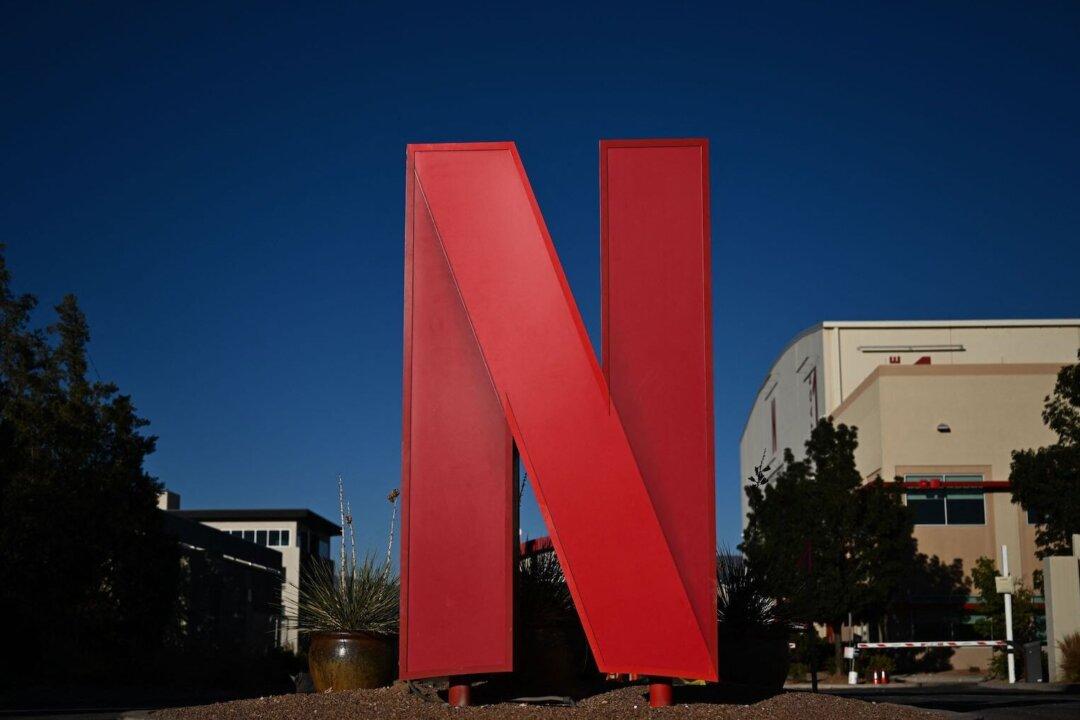Many are losing in the streaming wars, but not Netflix. Shares in the streaming giant experienced a surge of more than 12 percent in after-hours trading as it outperformed profit expectations while reporting a 9 percent increase in average paid memberships compared with the same period last year. And now the streaming giant is hiking its prices again.
On Oct. 18, Netflix raised its ad-free premium plan in the United States from $19.99 to $22.99. Users on this plan can enjoy Ultra HD content on compatible devices and download on up to six supported devices simultaneously. The price of the basic plan, which doesn’t include advertising, rose from $9.99 to $11.99. The monthly cost of all other plans, including the $6.99-per-month ad-supported tier, remains unchanged.




